7 Amazing Yoga Poses To Treat Epilepsy

Image: Shutterstock
Epileptic seizures are a nightmare! You don’t know when, where, and how they occur. A simple fix is what you need, and yoga is the best way out there to treat epilepsy.
How? Well, yoga balances your body and mind, which helps manage your epileptic attacks better and decrease the frequency of the attacks. Amazing, right?
Yes, it is the best option you have, and here are 7 yoga poses to treat epilepsy that you must try. Check them out below.
Before that, let’s get down to the nitty-gritty of epilepsy.
In This Article
What Is Epilepsy?
Epilepsy is a condition in which you have recurrent and unprovoked seizures. Sixty five million people around the world suffer from it.
The seizure can either be brief or extended, varying from minor loss of consciousness to vigorous shaking. It can even lead to physical injuries sometimes. The seizures can make a person fall and lose awareness of their surroundings.
These seizures occur due to abnormal neuronal activity in your brain, which means they happen when the cells in your brain become hyperactive.
Let’s find out how yoga helps treat epilepsy.
Yoga For Epilepsy Treatment
Yoga helps you gain control over your body, enabling you to manage a seizure better without letting it get too extreme.
Yoga asanas help you stretch your nerves and oxygenate your brain. They calm your brain cells and prevent them from getting excited.
Standing asanas, forward bends, backbends, and inverted poses work best for calming the nervous system.
Yoga trains you to gain an internal balance that slows down excitation. It gives you deep rest, allowing the body to heal and repair itself.
Yoga Poses For Epilepsy
The following poses work on your head region, helping you calm down and relax.
1. Uttanasana (Standing Forward Bend)
About The Pose: Uttanasana or the Standing Forward Bend is a powerful stretching pose where your head is placed below your knees. It is an intermediate Hatha yoga asana. Practice it in the morning on an empty stomach or in the evening after a gap of 4 to 6 hours from your last meal. Hold the asana for 15 to 30 seconds.
Benefits: Uttanasana stretches your hips and calves. It strengthens your spine and keeps it flexible. It soothes your nerves and reduces stress. The asana also eases headache and insomnia.
To know more about the pose and its procedure, click here: Uttanasana
2. Matsyasana (Fish Pose)
About The Pose: Matsyasana or the Fish Pose is an asana similar to the Matsya avatar of Lord Vishnu. It is a beginner level Hatha yoga asana. Practice it in the morning or evening on an empty stomach and clean bowels. Hold the asana for 30 to 60 seconds.
Benefits: Matsyasana stretches your ribs, stomach, and neck muscles. It relieves tension in your neck and shoulders and strengthens your upper back.
To know more about the pose and its procedure, click here: Matsyasana
3. Kapotasana (Pigeon Pose)
About The Pose: Kapotasana or the Pigeon Pose gives you a good stretch. The asana resembles the stance and grace of a pigeon and is hence named so. It is a beginner level Ashtanga yoga asana. Practice it in the morning on an empty stomach and hold it for about a minute.
Benefits: Kapotasana relieves back pain and stretches your neck, chest, and shoulder muscles. It also strengthens your core and realigns your spine. The asana relieves anxiety and stress.
To know more about the pose and its procedure, click here: Kapotasana
4. Pavanamuktasana (Wind- Relieving Pose)
About The Pose: Pavanamuktasana or the Wind-Relieving Pose is an asana that clears all the digestive gases in your stomach. It is a beginner level Vinyasa yoga asana. Practice it early in the morning on an empty stomach and clean bowels. Hold the asana for 10 to 60 seconds.
Benefits: Pavanamuktasana cures acidity and constipation, stimulates your nerves, and improves blood circulation. It releases toxins from your body and brings about mental clarity.
To know more about the pose and its procedure, click here: Pavanamuktasana
5. Halasana (Plow Pose)
About The Pose: Halasana or the Plow Pose is named so as it resembles a plow used for farming in Asian countries. It is a beginner level Hatha yoga asana. Practice it in the morning on an empty stomach and clean bowels. Hold the pose for 30 to 60 seconds.
Benefits: Halasana keeps your spinal cord strong and flexible. It reduces stress and normalizes high blood pressure. The pose calms the nervous system and strengthens the immune system.
To know more about the pose and its procedure, click here: Halasana
6. Salamba Sirsasana (Head Stand)
About The Pose: Salamba Sirsasana or the Headstand is an asana that requires you to invert your body entirely and support it with the head and the forearms. It is known as the king of all asanas and is an advanced level Vinyasa yoga asana. Practice it in the morning on an empty stomach and clean bowels. Hold the asana for 1 to 5 minutes.
Benefits: Salamba Sirsasana calms your brain and is therapeutic for insomnia. It strengthens your arms, legs, spine, and lungs. It allows pure blood to flow into your brain cells. The pose relaxes your mind and increases its clarity.
To know more about the pose and its procedure, click here: Salamba Sirsasana
7. Savasana (Corpse Pose)
About The Pose: Savasana or the Corpse Pose is an asana that resembles an immobile body. It is a beginner level Ashtanga yoga asana. You can practice it at any time of the day and not necessarily on an empty stomach. Relax in the pose for 10 to 15 minutes.
Benefits: Savasana improves your concentration and relieves stress and tension. It relaxes your muscles and improves your mental health. It works amazingly well for neurological problems.
To know more about the pose and its procedure, click here: Savasana
Have you ever considered any of these yoga poses for epilepsy? Epilepsy is not just a health problem. It makes you seem awkward in public and can keep you from being socially active. All this will worsen your condition further. Before it gets too bad, you must control it, and the yoga poses mentioned above are the best way to begin. So, get your yoga mat and start.
Frequently Asked Questions
How does one diagnose epilepsy?
Epilepsy is a difficult condition to diagnose. The frequency of the seizures and eyewitnesses are taken into account to diagnose the condition. It is best to go to somebody with specialized knowledge on the subject.
How often do I practice yoga to treat epilepsy?
Practice yoga every day after consulting your doctor to keep your body and mind in a state of calm and reduce the symptoms that can trigger a seizure.
Read full bio of Shirin Mehdi



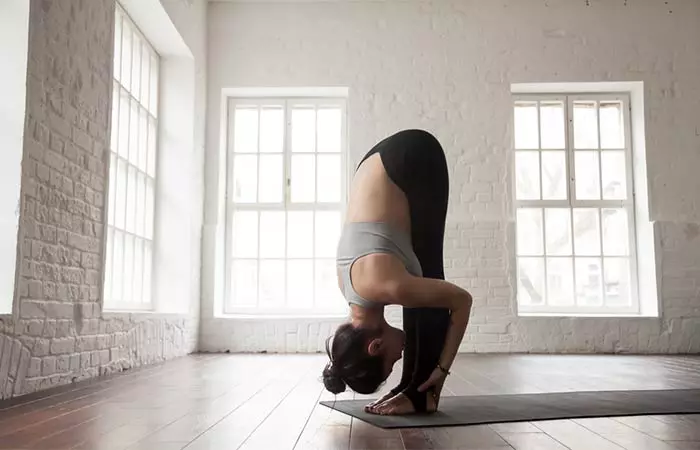
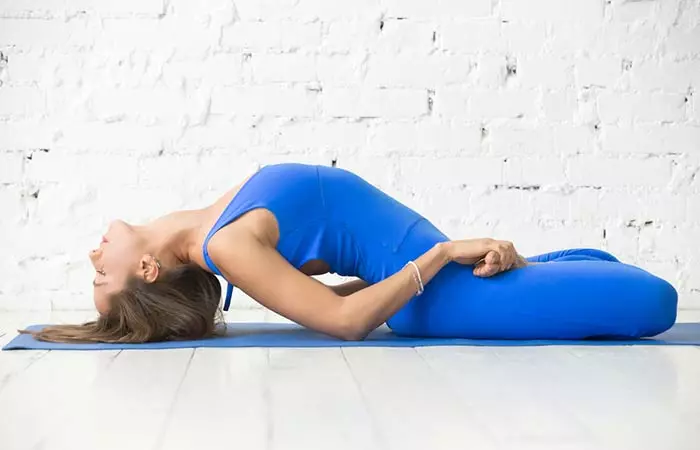
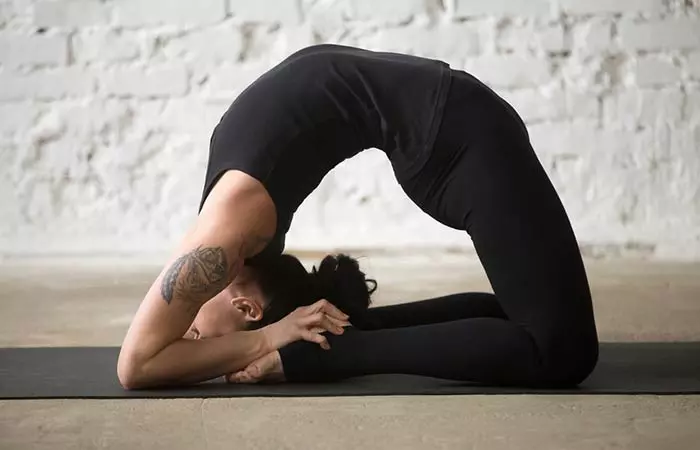
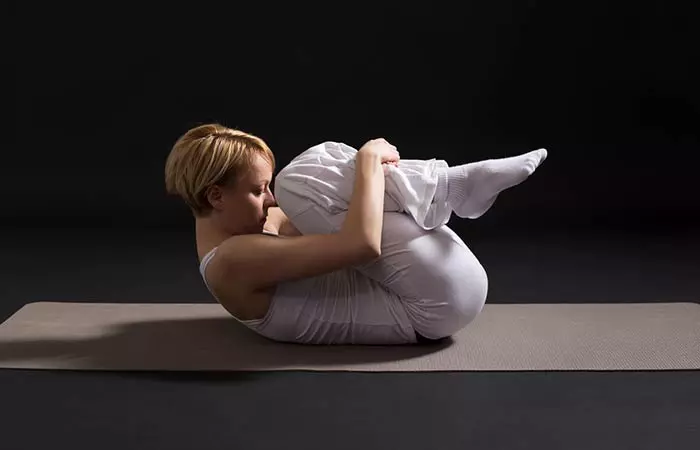
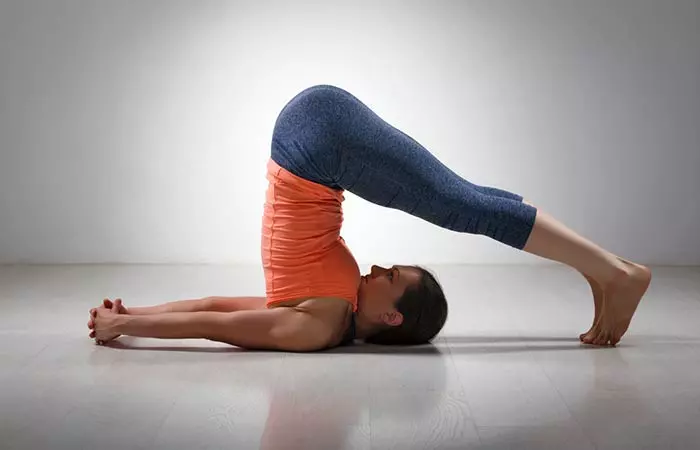

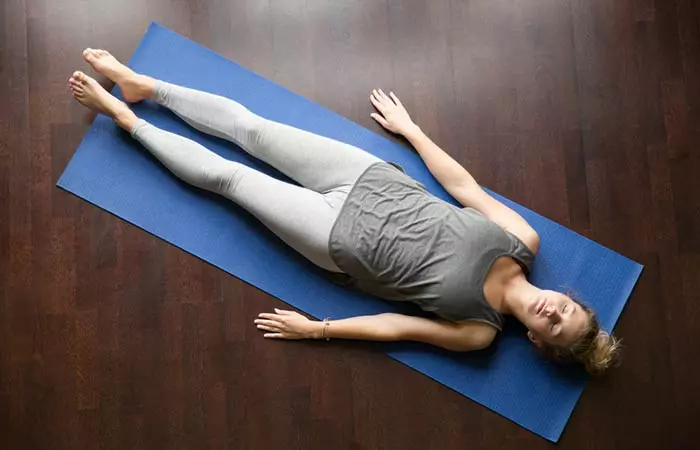

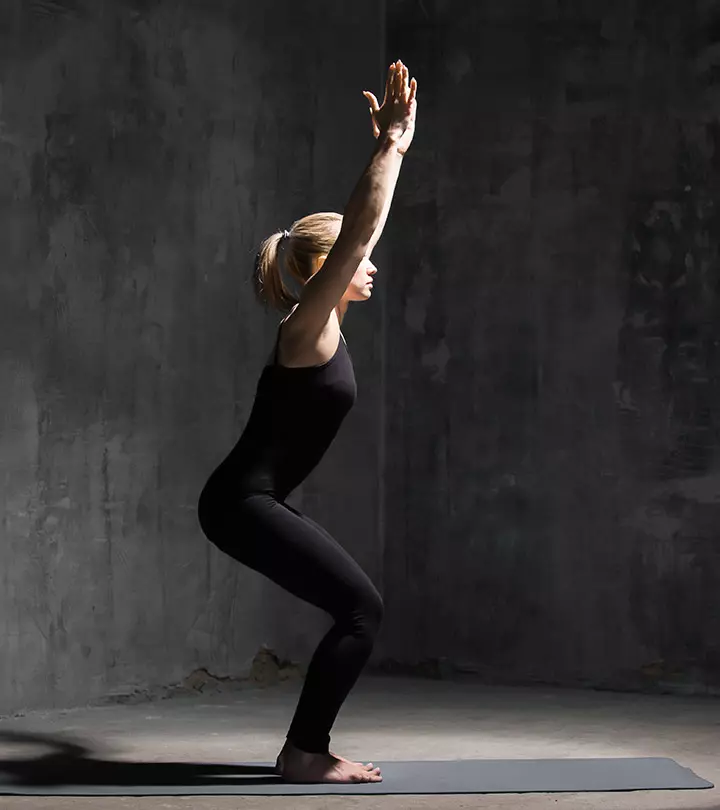


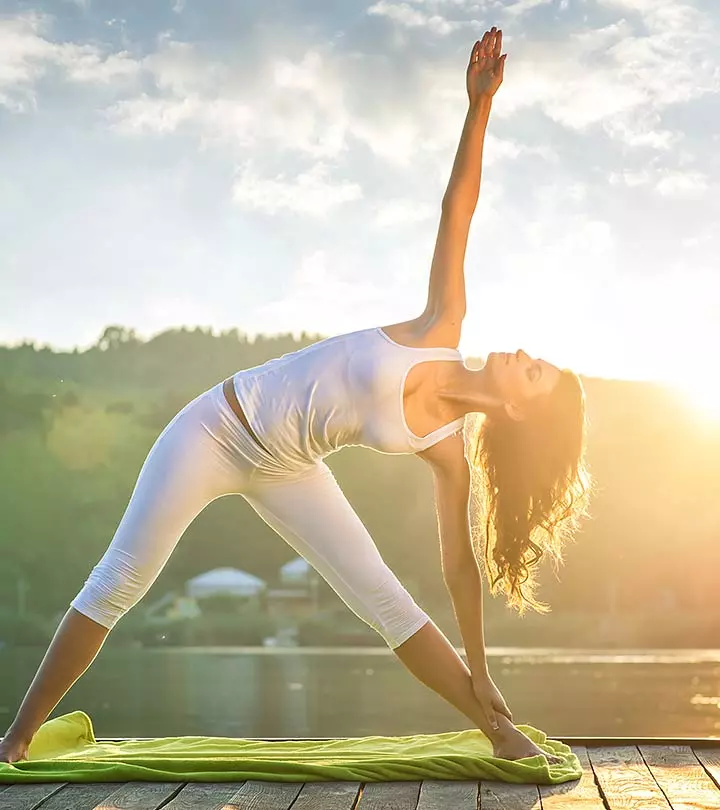

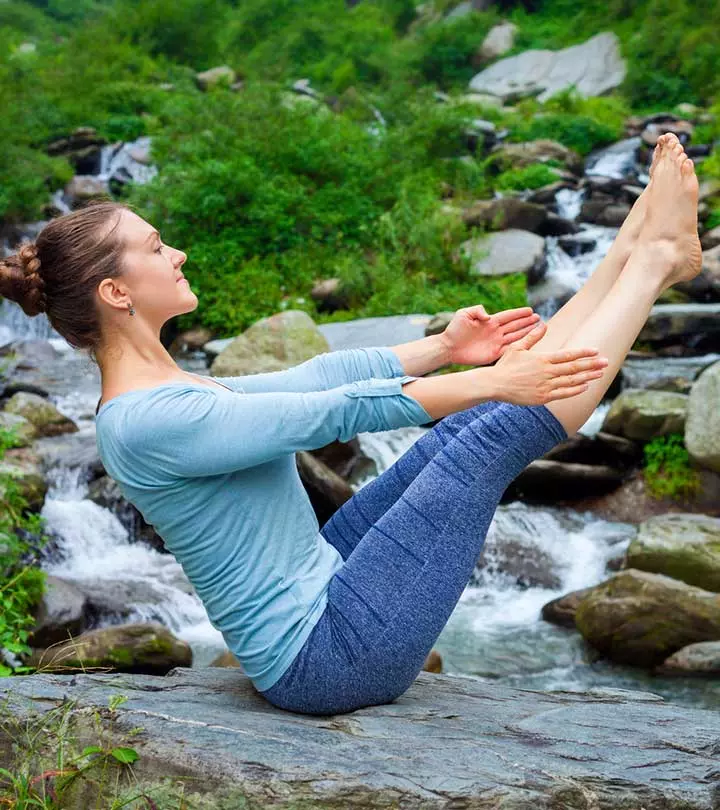
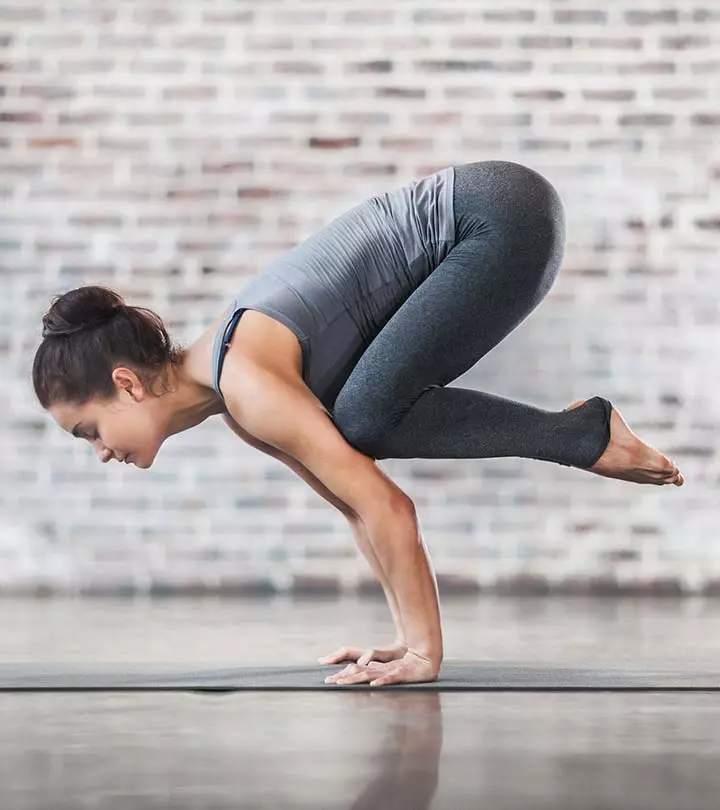


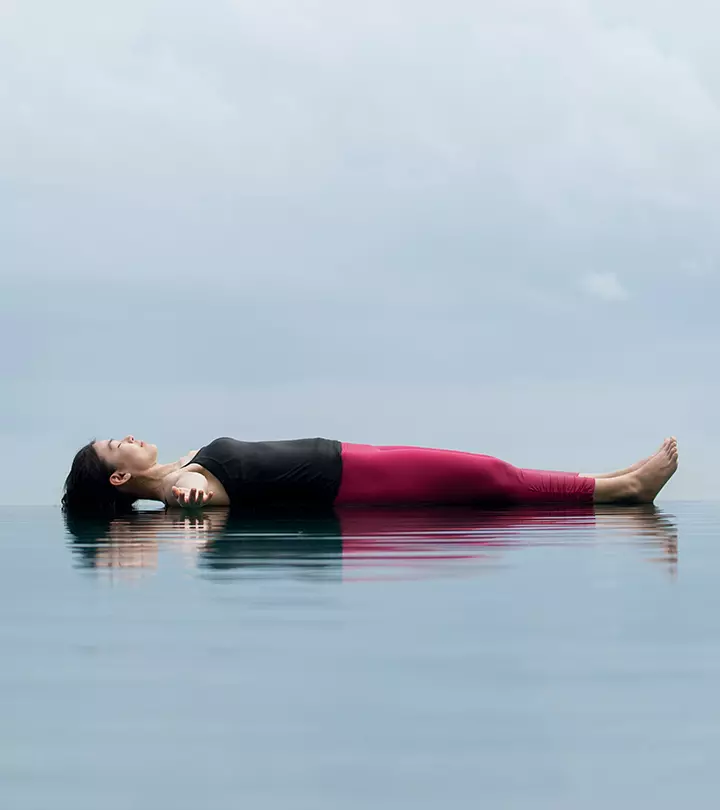
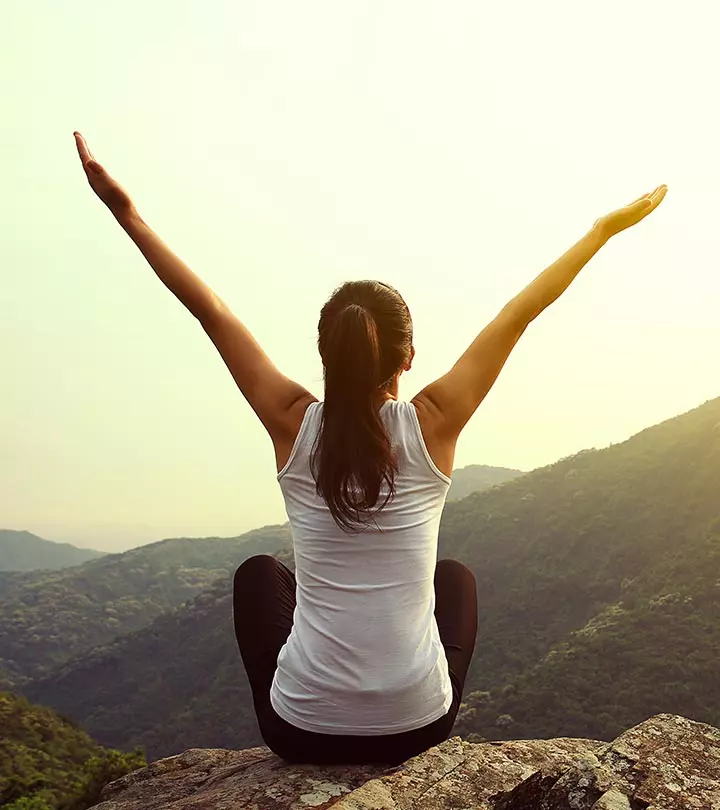




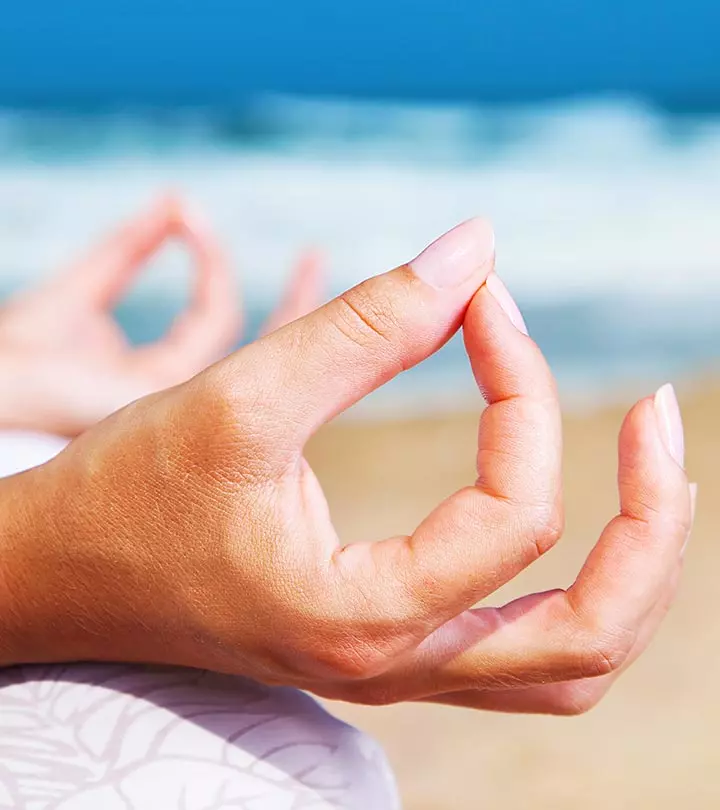
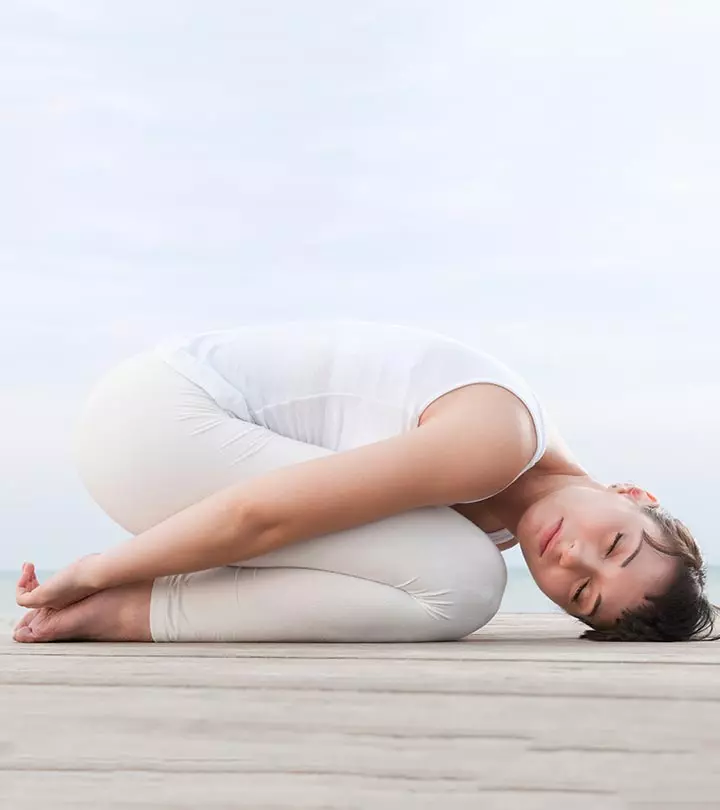
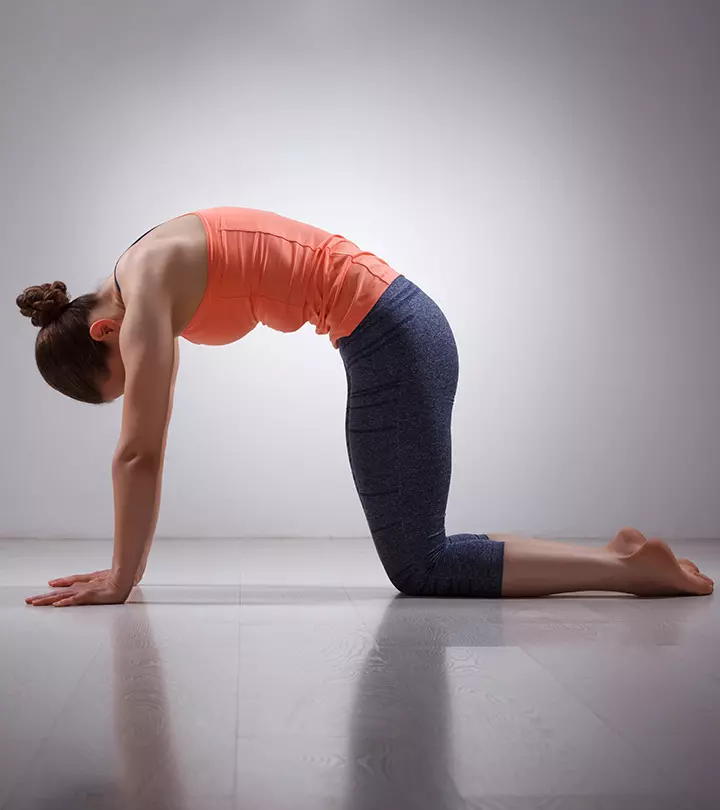
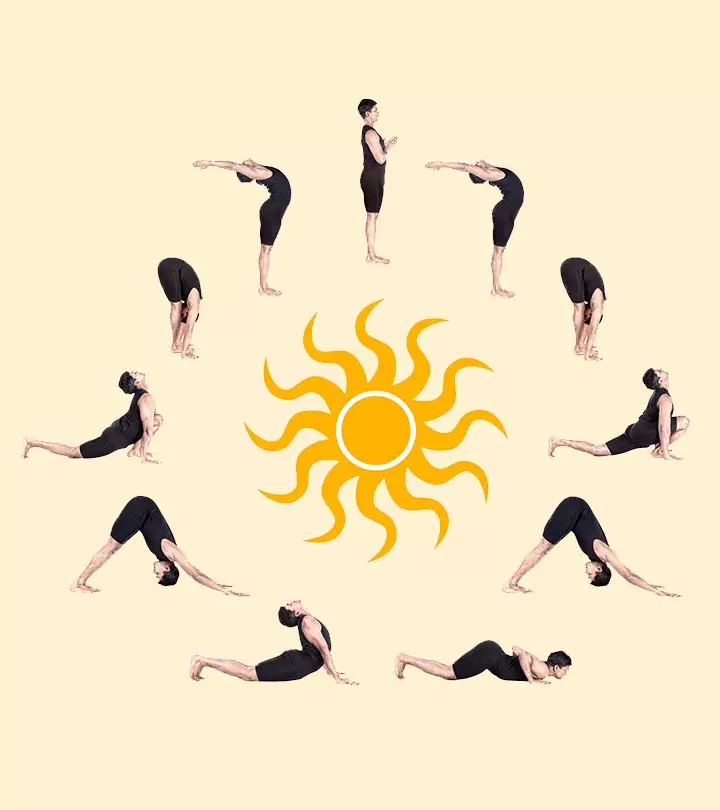
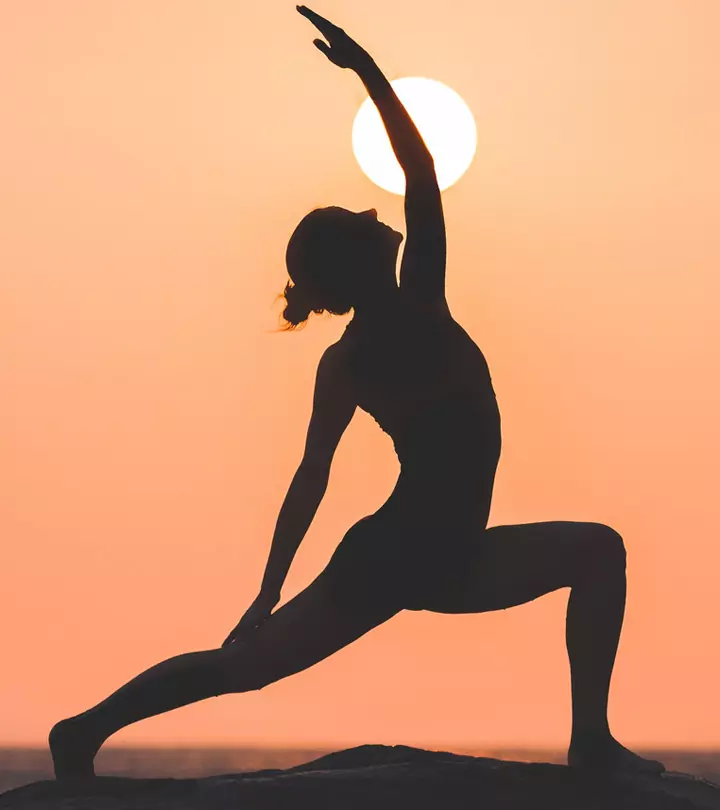
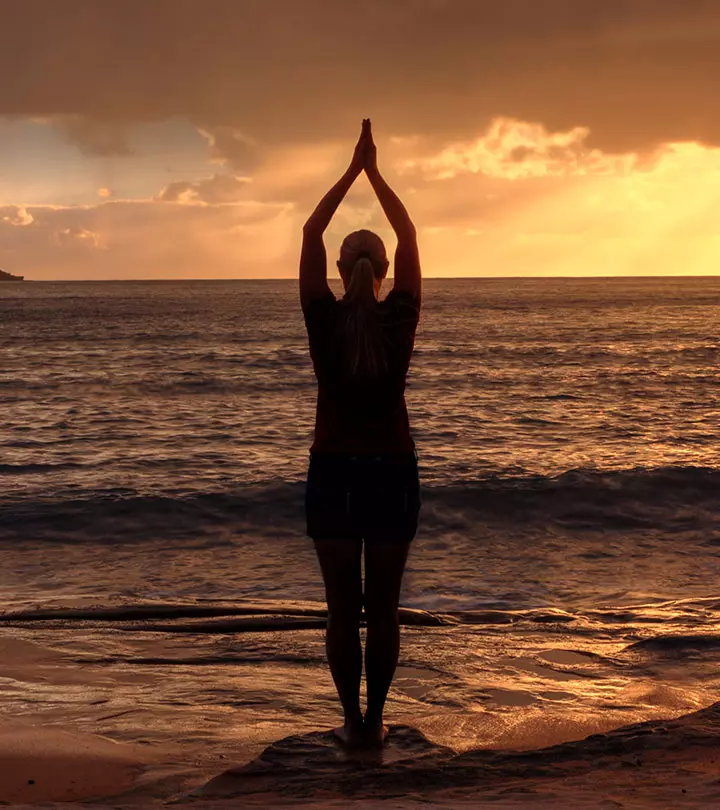
Community Experiences
Join the conversation and become a part of our empowering community! Share your stories, experiences, and insights to connect with other beauty, lifestyle, and health enthusiasts.